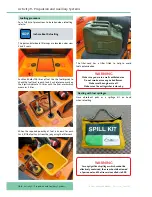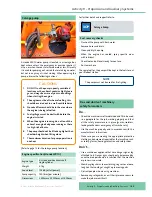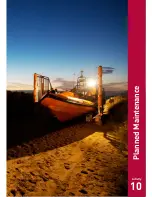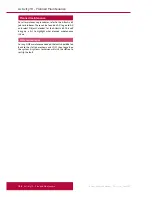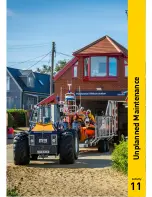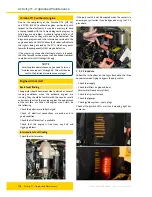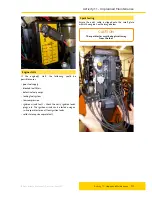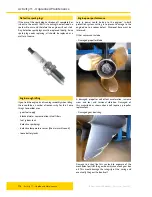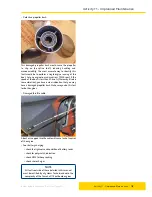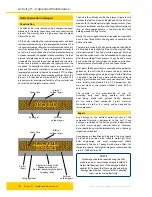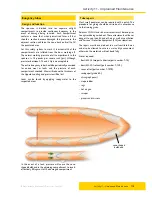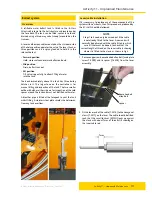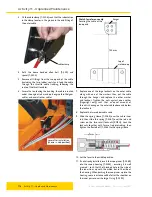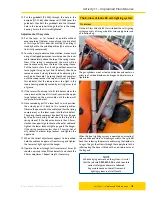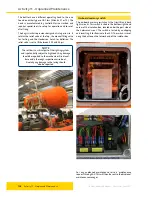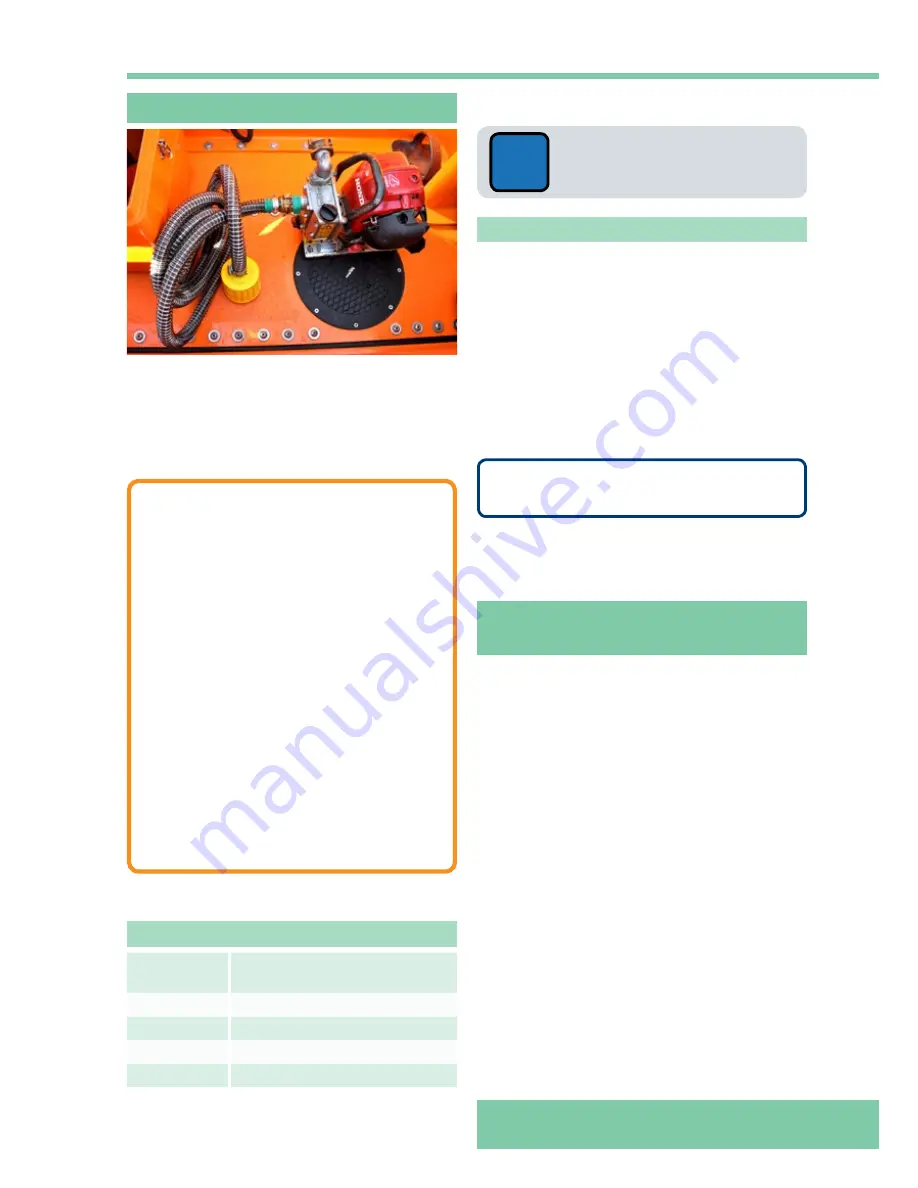
Activity 9 - Propulsion and Auxiliary Systems
105
B Class Atlantic 85 Manual – First Issue, June 2017
Activity 9 - Propulsion and Auxiliary Systems
Salvage pump
A Honda WX10 water pump is located in a stowage box
kept ashore unless the emergency or exercise requires it
at sea, or when the sea state is moderate or less. Primarily
it is used for pumping out vessels that are taking on water,
but not in any way at risk of sinking. When operating the
pump, observe the following cautions:
CAUTIONS
1. DO NOT run the pump in poorly ventilated
locations as the exhaust contains highly toxic
gases, always be aware of your surroundings
when starting the engine.
2. The engine must be off when refuelling, this
should be carried out in a well-ventilated area.
3. No naked flames should be in the area where
the engine is being refuelled.
4. Fuel spillages must be dealt with before the
engine is started.
5. When the engine is running, do not touch the
exhaust or engine body once running as there
is a high risk of burns.
6. The pump should not be lifted any higher than
shoulder height when lifting alone.
7. The maximum duration for pump operation is
one hour.
(Refer to page 14 for the salvage pump location)
Engine specification (Honda WX10)
Engine type
4-stroke, overhead camshaft,
single cylinder
Weight
6.1 kg
Sound level
102 dB (at full power)
Pump capacity
140 litres (per minute)
Dimensions
L 325mm x W 220mm x H 300mm
For further detail and support refer to:
Salvage Pump
SOP
Post recovery checks
• Flush out the pump with fresh water.
• Remove hoses and drain.
• Clean and dry the pump.
• When the engine has cooled, spray specific areas
with lubricant.
• Check fuel and oil levels ready for next use.
• Re-stow ashore.
The spare fuel for the pump will be kept in the fuel store at
your lifeboat station.
NOTE
The pump must not be used for fire fighting.
Dos and don’ts of machinery
safety for workers
Do…
• Check the machine is well maintained and fit to be used,
i.e. appropriate for the job, working properly and that
all the safety measures are in place (guards, isolators,
locking mechanisms, emergency off switches etc.).
• Use the machine properly and in accordance with the
manufacturer’s instructions.
• Make sure you are wearing the appropriate protective
clothing and equipment required for that machine, such
as safety glasses, hearing protection and safety shoes.
Don’t…
• Use a machine or appliance that has a danger sign or tag
attached to it. Danger signs should only be removed by
an authorised person who is satisfied that the machine
or process is now safe.
• Wear dangling chains, loose clothing, rings or have loose,
long hair that could get caught up in moving parts.
• Distract people who are using machines.
• Remove any safeguards, even if their presence seems to
make the job more difficult.
Содержание Atlantic 85
Страница 1: ...B CLASS ATLANTIC 85 MANUAL...
Страница 2: ......
Страница 4: ......
Страница 8: ......
Страница 11: ...Activity 2 Personal Competencies Personal Competencies Activity 2...
Страница 31: ...Activity 3 Launch and Recovery Launch and Recovery Activity 3...
Страница 37: ...Activity 4 SAR Unit Handling and Seamanship SAR Unit Handling and Seamanship Activity 4...
Страница 51: ...Activity 5 Search and Rescue Search and Rescue Activity 5...
Страница 57: ...Activity 6 Communications Communications Activity 6...
Страница 67: ...Activity 7 Navigation Navigation Activity 7...
Страница 70: ......
Страница 71: ...Activity 9 Propulsion and Auxiliary Systems Propulsion and Auxiliary Systems Activity 9...
Страница 106: ......














